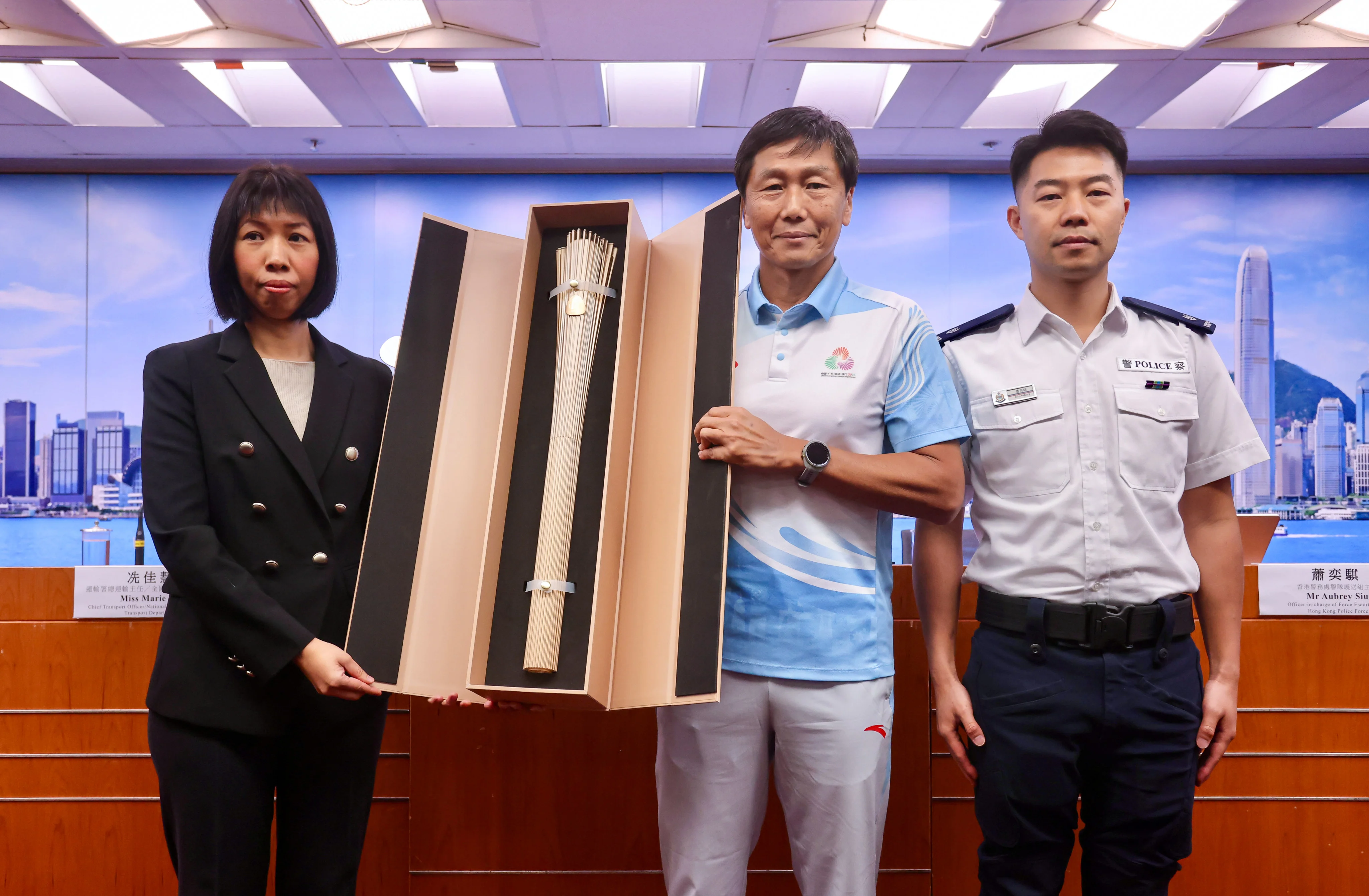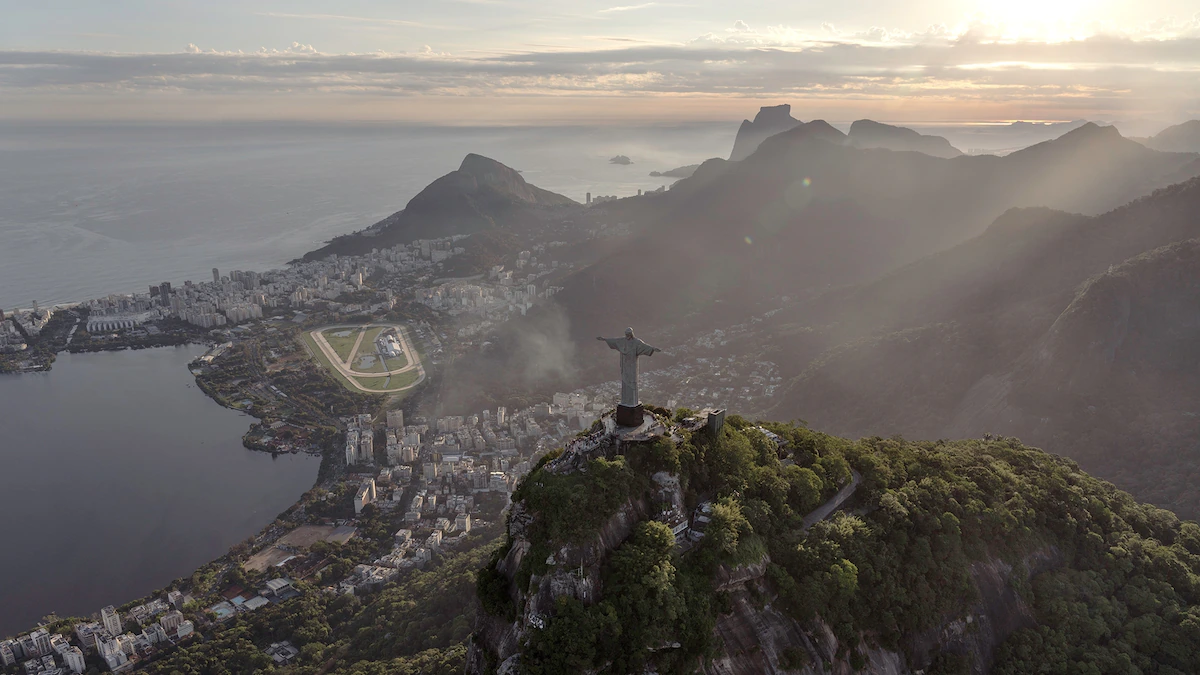Copyright scmp

Fifty people will take part in the Hong Kong section of a torch relay to be held on Sunday, a week before the start of the National Games, with the route chosen to showcase “the best side” of the city and arouse the public’s interest. At a briefing on Monday, police expressed confidence in their crowd management arrangements for the relay while transport officials urged members of the public to use the railway system on the day of the event. The November 2 relay will be held seven days before the start of the Games, which Hong Kong is co-hosting with Macau and Guangdong province. It will feature 200 torch-bearers across Hong Kong, Macau, Guangzhou and Shenzhen. The relay will start at 9.30am on Sunday at the government’s headquarters in Tamar Park, with the route taking in the Central harbourfront and Golden Bauhinia Square in Wan Chai before the torch travels across the harbour by ferry. The relay will pick back up along the Tsim Sha Tsui harbourfront from the Star Ferry pier to about Mody Lane, when torch-bearers will board an open-deck bus to taken them to Kai Tak Sports Park, where the ceremony will end. It is expected to last about two hours. Yeung Tak-keung, head of the National Games Coordination Office in Hong Kong, said the route was chosen to highlight the city’s “special characteristics” and showcase local landmarks. “So the torch relay route, we hope, will arouse the public’s interest in the National Games and also show the best side of Hong Kong to our mainland and overseas friends and audience,” he said at the interdepartmental briefing on relay arrangements. The Games will run between November 9 and 21 across 11 cities in the Greater Bay Area. More than 400 events across 34 sports will be held, with Hong Kong hosting eight – fencing, men’s under-22 basketball, track cycling, golf, men’s handball, rugby sevens, triathlon and beach volleyball. Of the 50 torch-bearers in Hong Kong, Yeung said eight would be provided by the event’s main organising committee while the other 42 would be chosen locally. Around half of the local participants would be from the sports sector including current and former athletes, Keung said. Thirty per cent would come from event sponsors, while the remainder would comprise volunteers, young people, the disabled and ethnic minority residents, he said. Keung said the makeup of those involved showed the participation of different sectors of Hong Kong and showcased the city as an “inclusive society”. Asked about anticipated crowd size and control measures, Superintendent Aubrey Siu, the officer in charge of the police’s Force Escort Group, noted that Hong Kong had hosted many public events along the planned route in the past. “We are quite confident in the crowd management [arrangements],” he said. Police would also impose a restricted flying zone within 2km of the planned relay route, he said. People caught flying unmanned drones without authorisation could face a HK$100,000 fine and two years’ imprisonment. A number of roads along both sides of Victoria Harbour will be temporarily closed for the relay, while some bus routes will also be adjusted before later returning to normal. Vehicles in car parks along the relay route will also be barred from entering or exiting during that period. Rail services will not be affected. Marie Sin Kai-wai, the Transport Department’s Chief Transport Officer for the National Games Kowloon division, said that road traffic in the East Kowloon area in particular would be busier on Sunday due to the road closures. She urged the public to allow ample time for travel and encouraged people to use the city’s rail service as much as possible.



